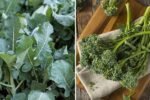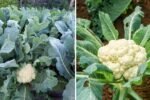In the growing wave of farm-to-table and home gardening trends across the U.S., mustard cabbage is quietly becoming the star of the season. Often overshadowed by kale or spinach, this flavorful leafy green—also known as Brassica juncea—is a powerhouse of nutrition and versatility. From Southern soul food kitchens to modern wellness diets, mustard cabbage has found its place as both a comfort food classic and a health-conscious choice.
Whether you’re a backyard gardener, a plant-based eater, or simply curious about expanding your culinary palette, mustard cabbage deserves your attention. In this article, we’ll explore what makes this green so special, how to grow it successfully in American climates, and why it belongs on your plate year-round.
What Is Mustard Cabbage?
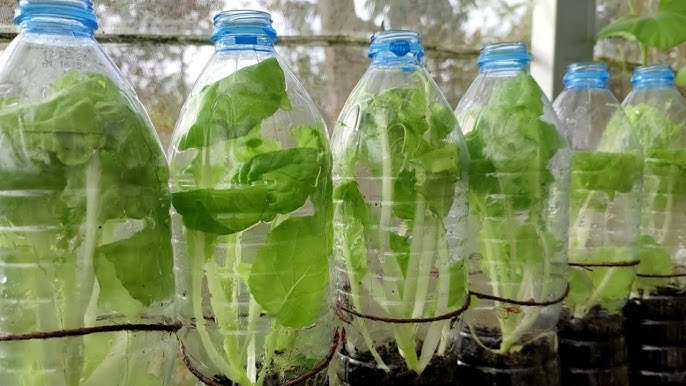
Mustard cabbage, often referred to as “mustard greens,” is a leafy vegetable from the Brassicaceae family—the same family as kale, collard greens, and broccoli. The plant has large, ruffled leaves with a peppery flavor that adds a pleasant kick to dishes. In Asian cuisine, especially in Japanese, Chinese, and Korean traditions, mustard cabbage varieties like takana or gaichoy are staples for stir-fries, soups, and pickles.
In American contexts, it’s most popular in Southern states, where sautéed mustard greens seasoned with smoked meat or garlic are a soul food classic. But recently, chefs and home cooks across the country—from California’s farm markets to New York’s vegan cafés—are rediscovering mustard cabbage as an exciting, nutrient-packed green that can be prepared in countless ways.
Nutritional Benefits: Why Mustard Cabbage Is a True Supergreen

Mustard cabbage is not just flavorful—it’s a nutritional powerhouse. Packed with vitamins, antioxidants, and fiber, it’s one of the healthiest greens you can add to your diet.
Here’s what makes it so beneficial:
- Rich in Vitamins A, C, and K:
One serving of mustard cabbage provides more than your daily requirement of Vitamin K, which supports bone and heart health. It’s also high in Vitamin A (for healthy skin and vision) and Vitamin C (a strong immunity booster). - Detoxifying Properties:
The glucosinolates in mustard cabbage help the liver process toxins efficiently, making it an excellent green for detox diets. - Supports Heart Health:
Its high fiber content helps reduce bad cholesterol levels, while the presence of plant-based nitrates promotes better blood circulation. - Anti-Inflammatory and Antioxidant Effects:
Mustard cabbage contains flavonoids and carotenoids that help combat inflammation and oxidative stress—essential for preventing chronic diseases. - Low-Calorie, High-Fiber:
With just around 15 calories per cup, mustard cabbage is perfect for weight-conscious diets and those aiming for clean eating.
Growing Mustard Cabbage at Home: A Gardener’s Delight
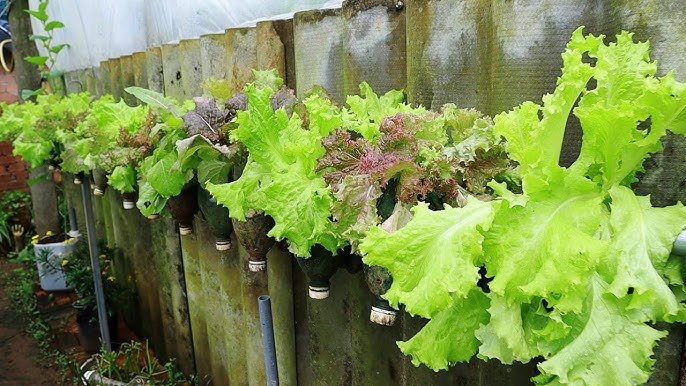
One of the biggest reasons mustard cabbage is gaining popularity among American gardeners is its ease of cultivation. It thrives in cooler temperatures, grows quickly, and requires minimal maintenance—making it perfect for home gardens or balcony planters.
Here’s a simple guide to growing it successfully:
1. Ideal Climate and Timing
Mustard cabbage loves cool weather. In most parts of the U.S., you can grow it in early spring and fall. It tolerates light frost but struggles in extreme summer heat.
2. Soil Preparation
Plant in well-draining, fertile soil with a pH between 6.0 and 7.5. Mix in compost or organic fertilizer before planting to encourage lush leaf growth.
3. Sowing and Spacing
Sow seeds about ½ inch deep and 6 inches apart. For continuous harvest, plant new seeds every two weeks during the growing season.
4. Watering and Care
Keep the soil evenly moist but not soggy. Water at the base to prevent leaf diseases. Mulching can help retain moisture and control weeds.
5. Harvesting
You can start harvesting baby mustard leaves in as little as 30 days. Mature leaves take around 45–50 days. Regular harvesting encourages new growth and keeps the plant tender.
6. Pest Control
Look out for common pests like aphids and flea beetles. Use neem oil or organic pest sprays for control. Crop rotation also helps prevent soil-borne diseases.
Mustard Cabbage in American Cuisine: Delicious Ways to Enjoy It
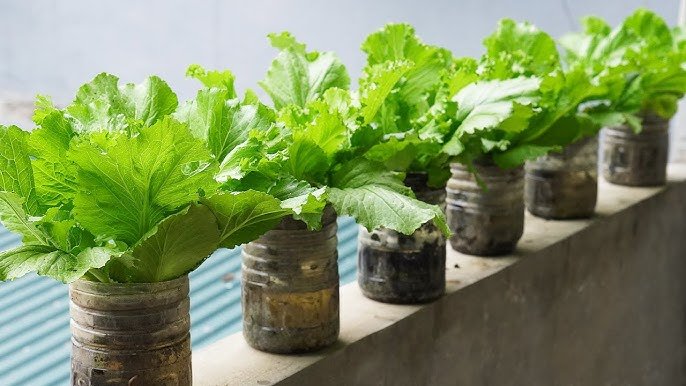
This versatile green can easily fit into a wide range of recipes, from classic Southern dishes to modern healthy bowls. Its peppery flavor adds depth to any meal.
Here are some delicious ideas:
1. Southern-Style Sautéed Mustard Greens
A staple of comfort food in the South—simply sauté chopped mustard cabbage with garlic, olive oil, and a touch of vinegar. For traditional flavor, add bits of smoked turkey or bacon.
2. Stir-Fried Mustard Cabbage
A quick Asian-inspired side dish—cook mustard cabbage with sesame oil, garlic, soy sauce, and a sprinkle of chili flakes. Serve it alongside rice or noodles.
3. Mustard Cabbage Soup
Add mustard greens to chicken or vegetable broth for a hearty, immune-boosting soup. Combine with ginger, tofu, or miso for extra depth.
4. Pickled Mustard Cabbage
Fermenting mustard cabbage creates a tangy, probiotic-rich condiment that pairs beautifully with sandwiches, burgers, or grilled meats.
5. Mustard Green Smoothies
For a nutrition-packed drink, blend young mustard leaves with pineapple, banana, and a splash of orange juice. It’s an energizing twist on the classic green smoothie.
Mustard Cabbage vs. Other Greens
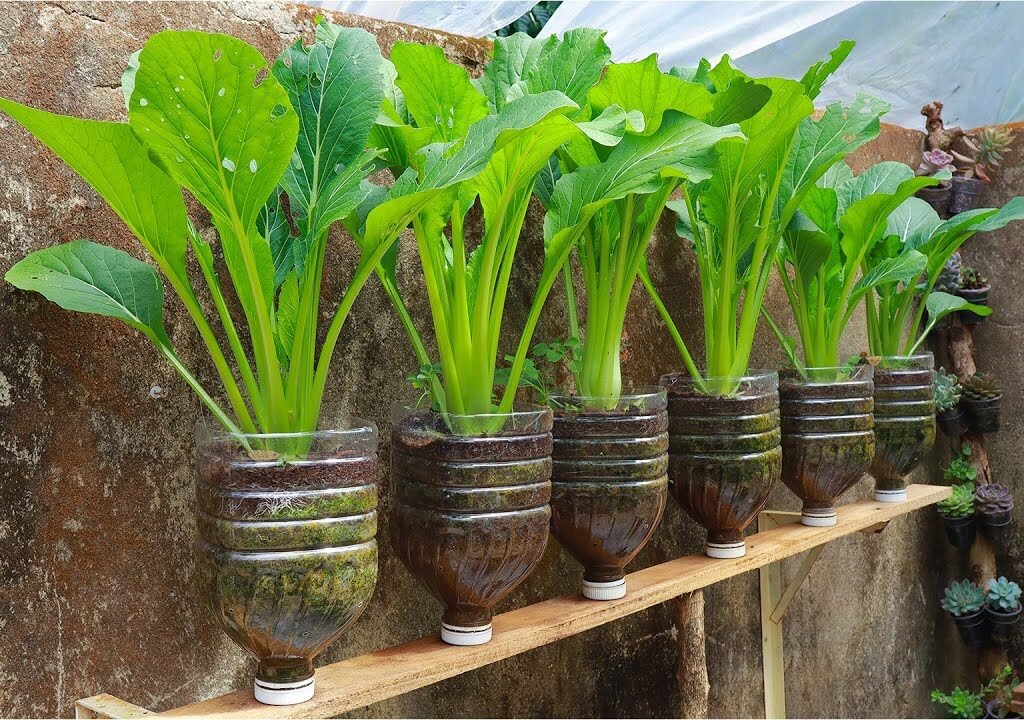
While kale and spinach have long dominated the superfood scene, mustard cabbage brings something unique to the table—its distinct flavor and quick growth cycle.
| Feature | Mustard Cabbage | Kale | Spinach |
|---|---|---|---|
| Flavor | Peppery, tangy | Mild, earthy | Sweet, tender |
| Growth Time | 30–45 days | 60–80 days | 40–50 days |
| Ideal Climate | Cool and mild | Cool | Mild |
| Cooking Versatility | Great for stir-fries, soups, pickles | Best for chips, sautés | Excellent in salads, omelets |
If you love spicy greens with personality, mustard cabbage is your go-to. It’s also more forgiving to grow and easier to maintain than kale or collards.
Health and Wellness Trends: Why Americans Are Turning to Mustard Cabbage
The modern American diet is rapidly evolving—people are seeking fresh, sustainable, and functional foods. Mustard cabbage fits all these boxes. Its surge in popularity can be linked to three growing lifestyle trends:
- Home Gardening Movement:
Post-pandemic, more Americans are growing their own produce. Mustard cabbage offers a fast reward for first-time gardeners. - Plant-Based Eating:
Vegans and vegetarians love mustard greens for their flavor and nutrition density. It’s a staple in many plant-forward recipes. - Gut Health Awareness:
With fermented mustard cabbage (pickled or kimchi-style) offering probiotics, it’s becoming a favorite for digestive health enthusiasts.
Sustainability and Local Growing
Growing mustard cabbage supports sustainable eating. It requires less water than many vegetables, adapts to small spaces, and grows well without heavy pesticide use. Urban gardeners in states like California, Oregon, and New York are embracing mustard cabbage for container gardening and community farms.
By choosing locally grown mustard cabbage—or better yet, growing your own—you reduce your carbon footprint and enjoy fresher, more nutrient-rich produce.
Conclusion: Small Leaf, Big Impact
Mustard cabbage may not yet have the fame of kale, but it’s on its way to becoming America’s next favorite green. Its bold taste, easy cultivation, and outstanding nutrition make it perfect for both modern health enthusiasts and lovers of traditional comfort food.
Whether you’re tossing it into soups, pickling it for tangy flavor, or growing it on your balcony, mustard cabbage proves that humble greens can make a powerful statement. So next time you visit your local farmer’s market—or plan your backyard garden—don’t overlook this supergreen. Mustard cabbage is ready to bring both flavor and wellness straight to your American kitchen.




